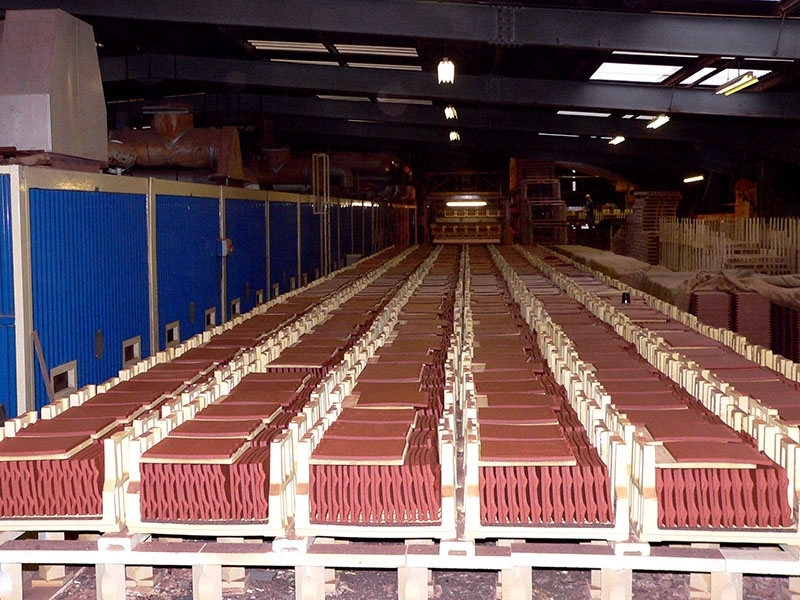Captured carbon used for construction materials
Carbon emissions are being captured and converted into construction materials during roof tile production in a UK trial.

Cambridge Carbon Capture Ltd (CCC) has won the first phase of a UK Research and Innovation competition to pilot the technology, capturing CO2 from Dreadnought Tiles’ production line in Dudley, West Midlands.
The project – CO2LOC – will convert the emissions into solid mineral by-products that will then be used to produce concrete at Tarmac’s facility in Wolverhampton. Dreadnought Tiles says that lab tests have so far demonstrated 90% CO2 capture in concentrations ranging from air to 100% CO2.
Michael Evans, CEO of CCC, explains the technology is in two parts. 'Initially, we take abundant minerals made from a mixture of magnesium and silica and split the magnesium from the silica.
'The pilot we are building at Dreadnought is our second stage process. Here, we are taking magnesium hydroxide and making it into a slurry with water. We are then using this in a modified scrubbing system, being developed by our partners Parsons, to scrub the CO2 and NOx from the emissions from their kiln. The magnesium hydroxide slurry changes to magnesium carbonate as it absorbs the CO2. This slurry is then de-watered and the slurry cake mixed with cement and formed into blocks at the Tarmac facility in Wolverhampton.'
Evans hopes that the pilot project will demonstrate that the technology works at scale and that magnesium carbonate can be used as a construction material.
Alex Patrick-Smith, CEO of Dreadnought Tiles, adds, “Data from the project will support modelling of a full-scale deployment of CO2LOC technology that will help convince industrial emitters that this is a viable route to emissions reduction and that there is a future high-volume market for the CO2 by-product, making the process economically viable.”
'We are also aiming to construct a building from the captured CO2 in time for the COP26 meeting in November 2021,' says Evans.
A silica by-product is also made in the process, which can be used to make amorphous precipitated silica (APS).
'[This] has uses in the manufacture of low-rolling resistance tyres which are harder wearing, producing less particulate, microplastic pollution,' Evans notes. 'APS is currently expensive and energy intensive to produce. Our process can make it much cheaper so more tyres can be made using this material, saving fuel and reducing microplastic pollution.'







